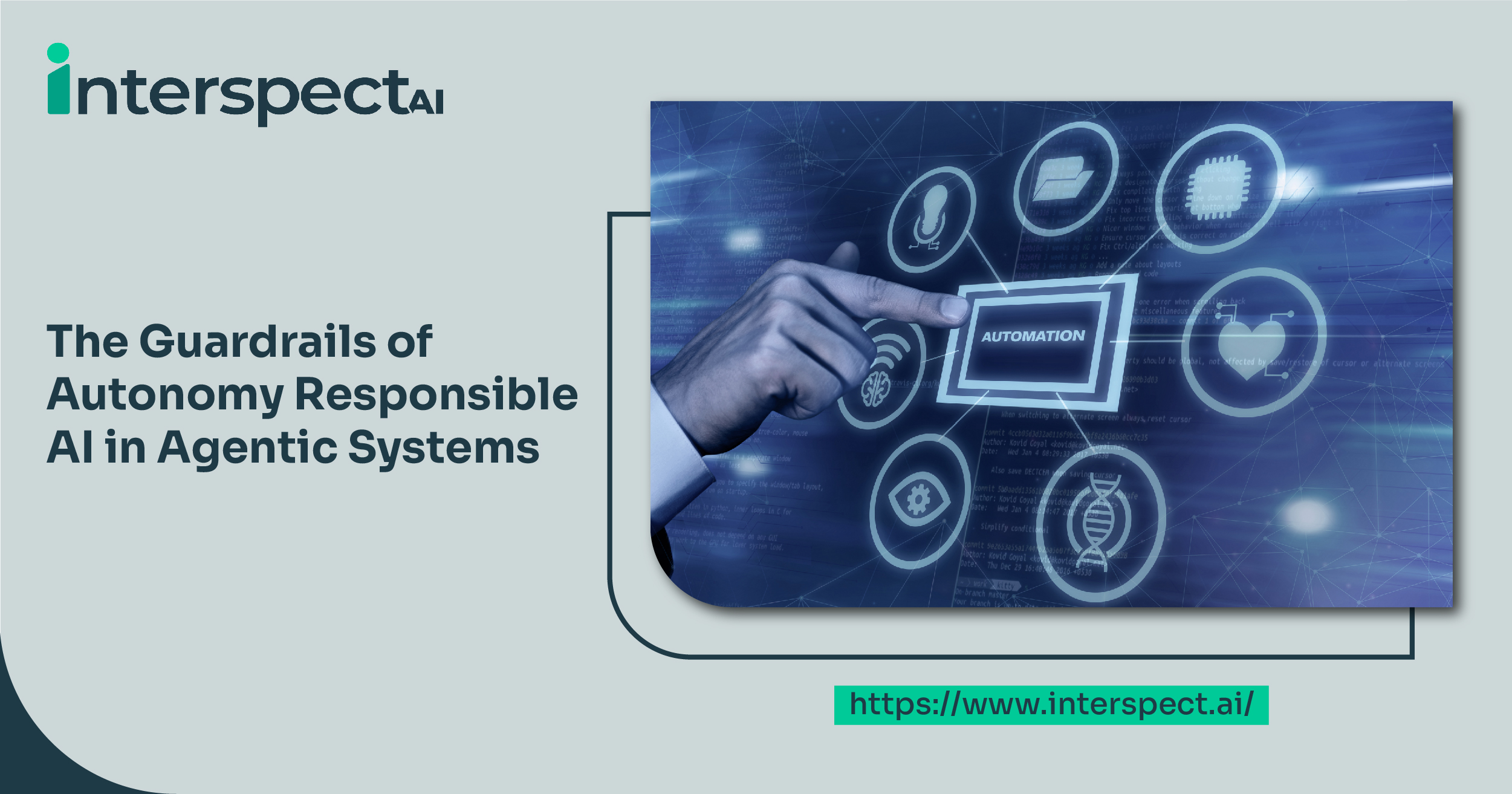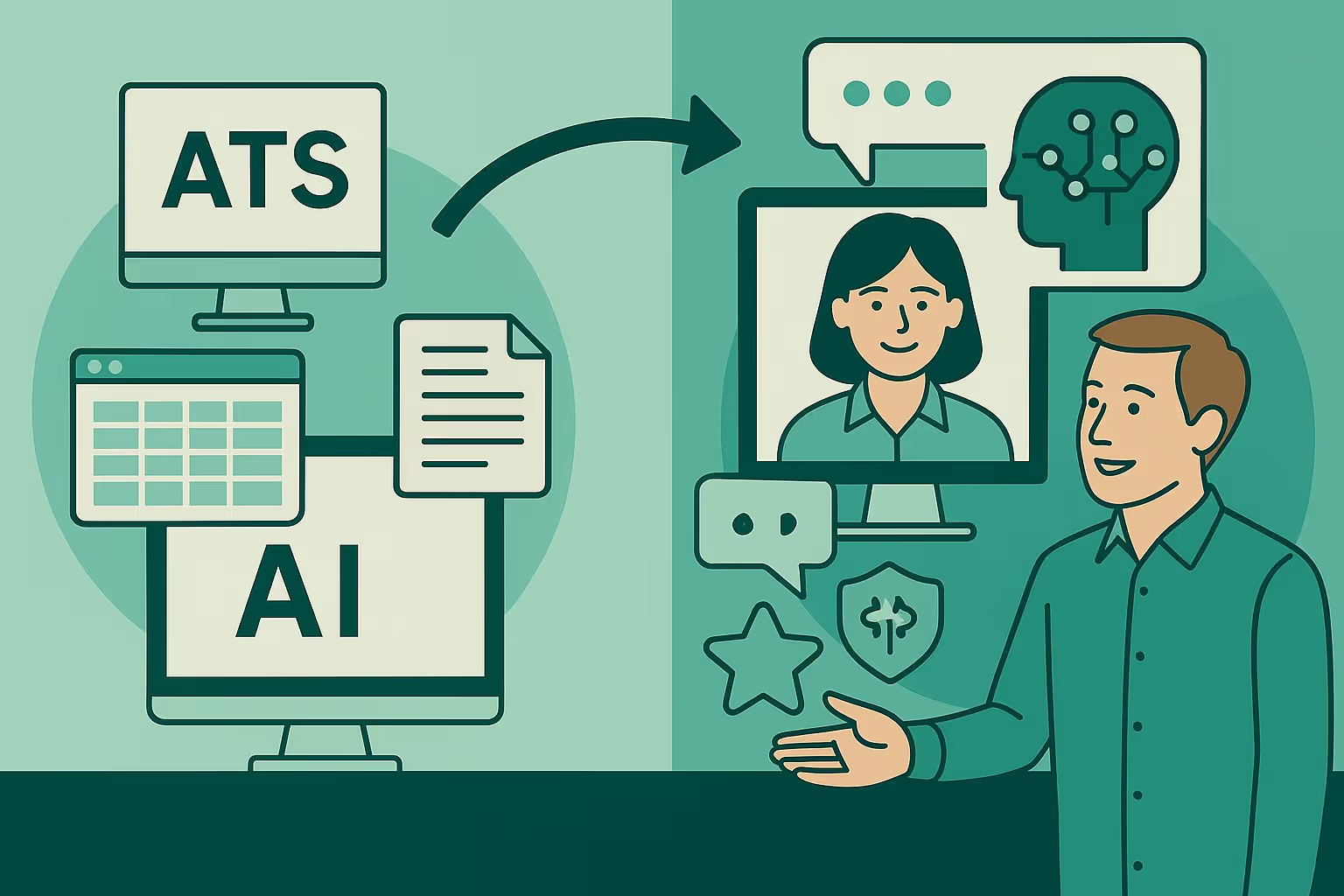
Autonomous agents can plan, select tools, and act with minimal supervision. That power creates dependable value only when bounded by clear guardrails that make safe behavior the default and unsafe behavior unattainable. This guide presents a practical, layered approach to responsible AI in agentic systems turning policies and values into enforceable controls across ethics, security, privacy, and governance. The aim is dependable autonomy: systems that act helpfully, predictably, and audibly within well-defined limits.
Ethical Guardrails
The first and most fundamental layer is ethics. Ethical guardrails set behavioral boundaries and make alignment testable.
Key practices include:
- Encoding fairness, transparency, and harm minimization as checks before and after decisions.
- Providing institutional-style guidance: a concise set of rules and examples.
- Requiring the agent to self-critique against principles to minimize bias and unsafe outputs.
- Creating an explanation of record whenever an ethical principle blocks or modifies a plan, ensuring support for audits and reviews.
Transitioning from values to safeguards, ethics must be paired with security guardrails that enforce operational limits.
Security Guardrails
If ethics define what “should” happen, security defines what “can” happen. Security constrains what an agent can ingest, which tools it may invoke, and the conditions under which actions are allowed.
Core measures are:
- Treat every tool invocation as a privileged operation, using allowlists, scoped permissions, and rate limits.
- Validate inputs, and scan prompts and outputs at runtime to stop jailbreaks and policy violations before execution.
- Maintain a robust data perimeter with redaction, retrieval scopes, and zero-retention where feasible.
- Block off-limits actions automatically, capture reason codes, and log events for fast tuning and accountability.
From protecting systems, we move to privacy guardrails, which safeguard individuals’ data.
Privacy Guardrails
Privacy guardrails turn purpose limitation and data minimization into enforceable controls.
Essential steps include:
- Collect only what the use case requires; redact or tokenize personal data at ingestion.
- Honor data residency and respect consent, erasure, and subject access requests with auditable fulfillment.
- Attach purpose metadata to each flow so that downstream services can enforce constraints and support compliance (e.g., GDPR, CCPA).
- Prefer privacy-preserving methods such as on-the-fly redaction, scoped retrieval, or federated analytics.
Of course, even well-designed ethical, security, and privacy controls need a governing framework to stay consistent over time. This brings us to governance guardrails.
Governance Guardrails
Governance converts responsibility into routine practice.
Recommended practices are:
- Assign clear ownership for capabilities, incident response, and version control of prompts, policies, models, tools, and datasets.
- Capture lineage for inputs and outputs to maintain traceability.
- Conduct change reviews, staged rollouts, red-team exercises, and post-incident learning.
- Map internal policies and external frameworks (NIST AI RMF, ISO/IEC 42001) into machine-enforceable rules.
- Maintain escalation paths and kill switches for each agent, along with recurring adversarial tests to ensure resilience.
When combined, these layers create a scalable pattern that strengthens autonomy without weakening oversight.
A Layered Pattern that Scales
Guardrails work best as layers that contain small failures near their origin.
- Align and safety‑tune models at the base.
- Apply policy checks and risk scoring during the planning process.
- Enforce permissions and human-in-the-loop thresholds at the time of action.
- Monitor behavior continuously with runtime detection.
- Preserve immutable logs and plain‑language rationales for audits.
This defense‑in‑depth pattern adapts as agent capabilities and threats evolve, ensuring issues are caught early and explained clearly.
Where Spectra Fits
Spectra is InterspectAI’s enterprise platform for conversational intelligence, designed to deliver responsible autonomy in interviews and other high-stakes dialogues. It converts rich, human‑like conversations into structured, decision‑ready outputs while preserving fairness, security, and auditability.
- Traceability and audits: Replayable recordings and configurable JSON exports streamline downstream integrations, creating an evidence trail for reviews and compliance.
- Fairness and human oversight: Bias-aware, non-profiling methods support equitable outcomes; human-in-the-loop checkpoints allow reviewers to approve or override sensitive decisions.
- Enterprise security and compliance: End-to-end encryption and adherence to SOC 2 Type 2, GDPR, CCPA, and HIPAA; scoped integrations make it straightforward to add runtime monitors, least-privilege access, and durable audit logs.
- Operational fit: Instant assessments and structured extraction shorten review cycles; plug‑and‑play integration enables quick pilots with risk‑tiered guardrails and clear kill switches.
Spectra in a guardrail workflow
- Before conversation: apply policy‑aligned conditions and access scopes; define redaction rules and residency for captured data.
- During conversation: record sessions, detect risky topics or policy triggers, and flag for human review when thresholds are met.
- After conversation: generate instant assessments and structured outputs; attach explanations of record; archive immutable logs for audits; pass JSON to analytics, CRM, ATS, or compliance systems.
Quick starter checklist
- Define unacceptable outcomes for each use case and encode them as explicit rules and examples that the agent can verify.
- Scope tools and data with allowlists and least privilege; redact PII at ingestion; add runtime monitors for validation and jailbreak detection.
- Capture explanations of record and full telemetry; stage rollouts with kill switches and clear escalation paths.
- Pilot in a monitored sandbox, then scale with measured safety objectives and recurring red‑team tests.
See Guardrail Autonomy with Spectra.
Autonomous systems are most valuable when they operate within clear limits, with constant monitoring, and under accountable oversight. Guardrails make this possible—they keep agents helpful, predictable, and safe as they evolve.
If you’re ready to put these principles into action, Spectra can help. Start with a monitored pilot, add layered guardrails, and integrate structured outputs into your existing systems. With Spectra, you can move fast, stay compliant, and scale with confidence.
Request a Spectra demo today to discover how responsible autonomy can benefit your organization.
FAQs
1. Why do agentic AI systems need guardrails?
Guardrails transform policies and values into enforceable limits on access, decisions, and actions, ensuring safety, fairness, and auditability throughout the entire process.
2. How do ethical guardrails actually run?
Principles such as fairness and harm minimization are encoded as pre- and post-checks, with a constitutional-style self-critique and an explanation of record when a rule is triggered.
3. How does Spectra support responsible autonomy?
Spectra adds layered controls: scoped access before sessions, runtime monitoring and human‑in‑the‑loop flags during, and structured outputs with immutable logs after.
4. Can Spectra integrate and meet compliance requirements?
Yes. It exports configurable JSON to existing systems and supports enterprise controls and compliance (e.g., SOC2 Type 2, GDPR, CCPA, HIPAA) for safe scaling.
Subscribe to The InterspectAI Blog


%201.svg)








